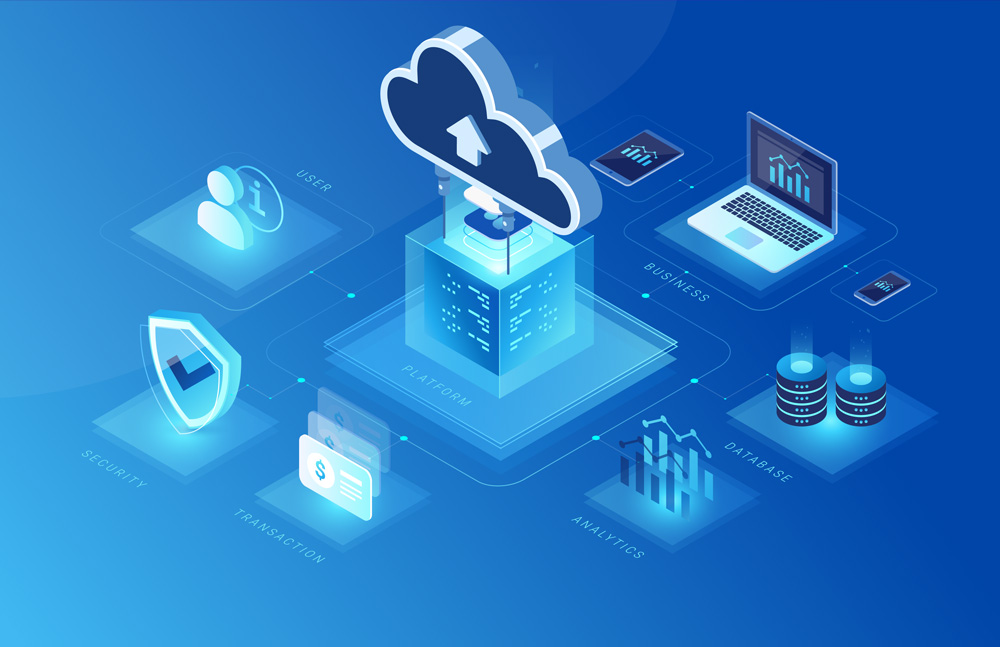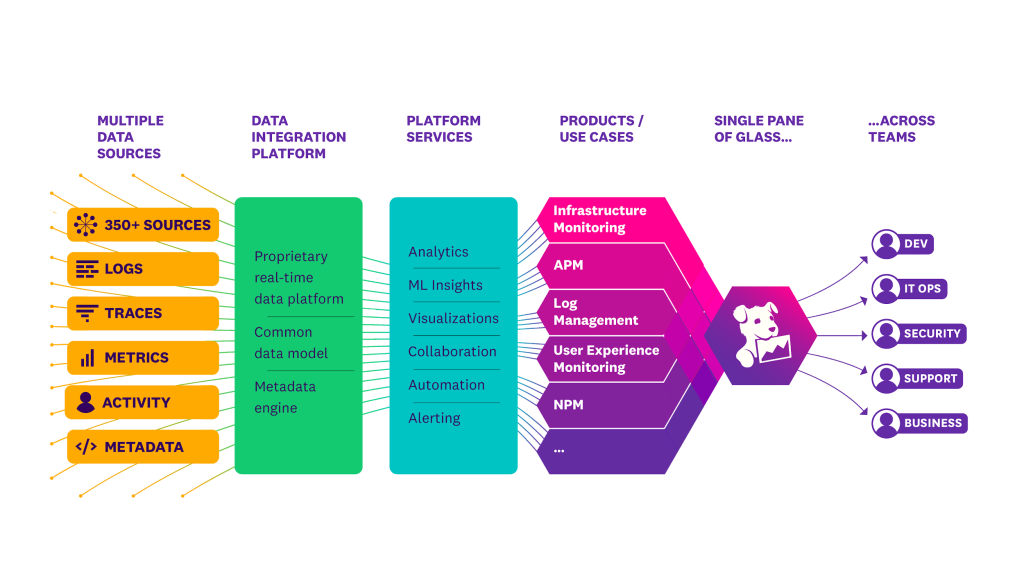
Introduction
The education system of Sri Lanka is composed of laws, policies, and procedures that are used to organize and provide educational services. It encompasses the structure and organization of the education system, the quality of instruction offered, and the resources available for students. This includes primary, secondary, and higher education as well as non-formal and informal learning opportunities. Each country has a unique education system that is tailored to meet the needs of its citizens.
The education system in Sri Lanka is based on the British model and comprises of three levels: primary, secondary and higher education. Primary education is free and mandatory for students aged 5-14, while secondary education is divided into two levels: Ordinary Level and Advanced Level. Higher education is provided by universities, polytechnics and other institutes. The curriculum is based on the National Education Policy and includes subjects such as language, mathematics, science and other electives. Sri Lanka has a literacy rate of 91.2% and is ranked among the top 50 countries for education quality.
Primary and Secondary Education
The primary and secondary education system in Sri Lanka is divided into two levels: Ordinary Level (O-Level) and Advanced Level (A-Level). O-Level consists of five years of primary education and three years of secondary education, while A-Level includes two additional years of secondary education. Students are required to take a final exam at the end of the A-Level program. Both levels cover subjects such as language, mathematics, science, and elective courses. Additionally, students must complete a national service program before graduation.
Sri Lanka’s education system is considered to be of high quality and is ranked among the top 50 nations globally. The country scores 0.72 on the World Bank’s Education Quality Index, higher than the global average of 0.55. The literacy rate of 91.2% also reflects the quality of education. However, the system still faces challenges such as a lack of funding, outdated facilities, and a strict curriculum.
Higher Education
Higher education in Sri Lanka is composed of universities, polytechnics, and other institutes. Sri Lanka currently has 20 universities that offer a range of degrees in subjects such as engineering, medicine, law, and business. Furthermore, polytechnics and other institutes provide diplomas and certificates in fields like hospitality, agriculture, and technology. Students who have completed the A-Level program can apply to universities or polytechnics to pursue further education.
The quality of higher education in Sri Lanka is generally good, with a diverse range of degrees and certifications available from universities and polytechnics. In order to enrol in a university or polytechnic, students must meet certain academic requirements and follow the curriculum based on the National Education Policy. Additionally, universities and polytechnics must adhere to quality standards set by the University Grants Commission and the Technical Education Commission.
Challenges Facing the Education System
One of the major challenges facing the education system in Sri Lanka is the lack of funding. Despite receiving a significant portion of the government’s budget, the education sector is unable to meet the needs of the country’s growing population. This results in a shortage of resources for schools and universities, leading to a lack of qualified teachers, and inadequate investment in technology and infrastructure.
Another issue facing the education system in Sri Lanka is poor infrastructure. Many schools lack basic amenities such as running water, electricity, and restrooms, and classrooms are often overcrowded and lack sufficient furniture and equipment. Additionally, there is a shortage of libraries, labs, and other educational resources, which can negatively impact the quality of education provided.
The curriculum in Sri Lanka is also a challenge for the education system. The National Education Policy focuses on memorization over critical thinking and problem-solving, which may not prepare students for the changing demands of the workforce. This inflexible curriculum may limit students’ ability to acquire the skills and knowledge needed for the 21st century.
Conclusion
In summary, Sri Lanka’s education system is divided into primary, secondary, and higher education and follows the British model. Despite facing challenges such as inadequate funding, inadequate facilities, and a rigid curriculum, the overall quality of education is considered to be good. However, there is a need to address these challenges in order to further improve the education system. This includes increasing funding and investing in infrastructure and technology, revising the curriculum to promote critical thinking and problem-solving skills, providing necessary resources for students and teachers, and ensuring that all students have access to high-quality education.











